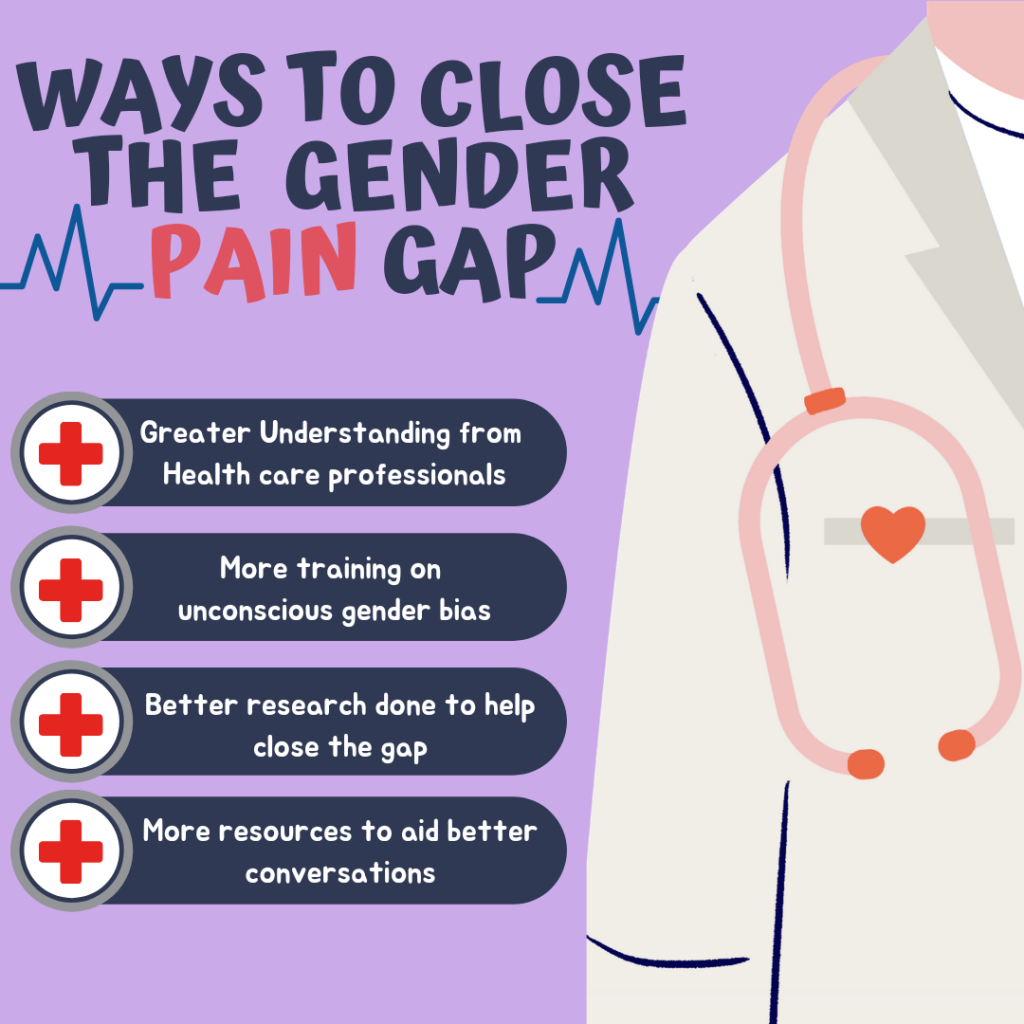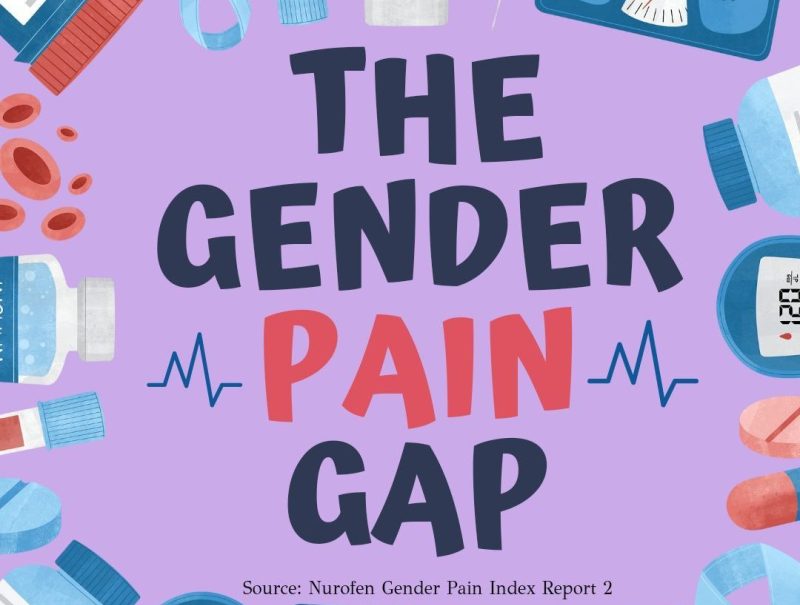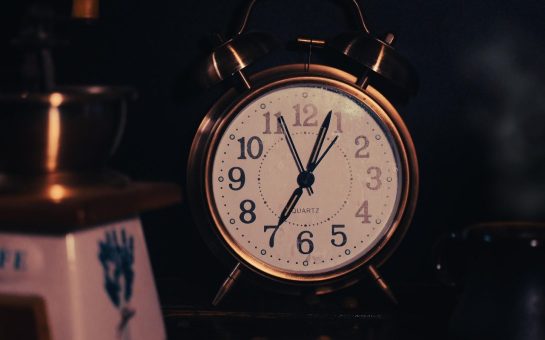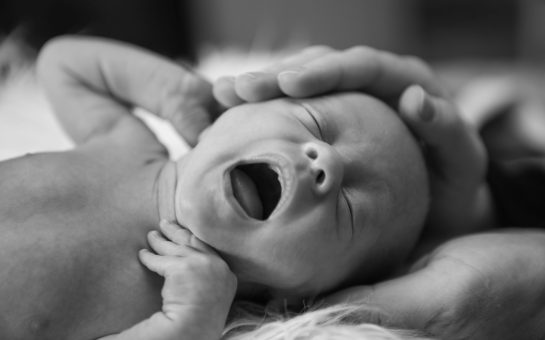Women are more likely to have their pain dismissed or ignored by health care professionals than men, a study shows.
The gender pain gap has widened from 7% in 2022 to 11% in 2023, according to a report by the pain relief company Nurofen.
According to the data, half of women feel they have had their pain dismissed because of their gender and one in six women experience severe pain everyday.
Although the overall pain dismissal has reduced for both men and women, the study found that the difference between the treatment of the genders has risen.
One reason the researchers believed fewer women and men overall are finding their pain ignored is because of more awareness around the gender pain gap, leading to better quality conversations between patients and healthcare professionals.
Dr Bill Laughey, Senior Medical Scientist at Reckitt, a hygiene, health nutrition brand, said: “The gender pain gap is a multifaceted issue, encompassing everything from the way women feel pain, through to how they talk about it, and onto how they are diagnosed and treated for it.
“With such a complex issue, there’s no ‘one-size-fits-all’ solution to closing the gap.”
Janet Lindsay, CEO of Wellbeing of Women added: “Women are telling us their pain has left them feeling anything from depressed, to isolated, to gaslit and even convinced their physical pain is in their own mind while they wait for a proper diagnosis.”
The index report surveyed 5,015 UK adults across demographically diverse backgrounds, of which 51.49% were women, 48.21% men and 0.3% nonbinary/alternative gender identity.
Nearly three quarters of the women surveyed (72%) felt gender discrimination was the reason men’s pain is taken more seriously by healthcare professions, which is a 9% increase on last year’s research.
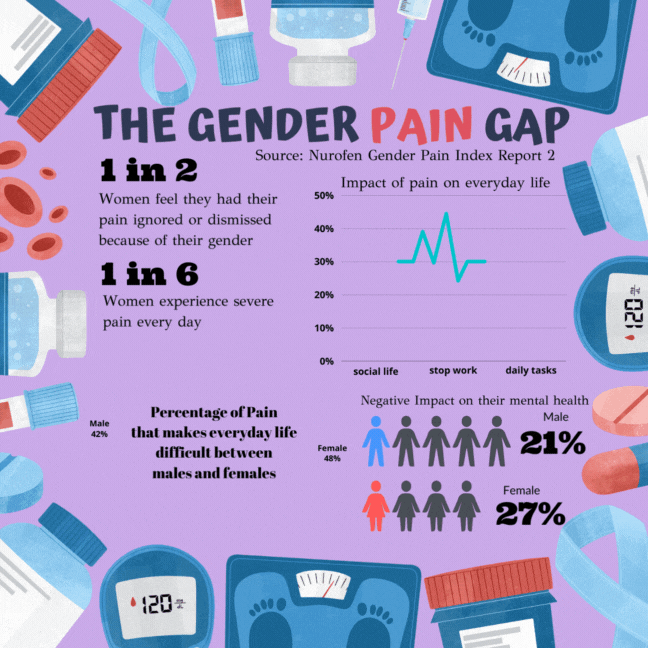
Women are also reporting having to wait longer for a diagnosis for some of the same pain types, with only 47% of women surveyed receiving a diagnosis within 11 months, compared with 66% of men.
Sara Omar, a writer in London, said: “I have a chronic gut condition and terrible periods that are debilitating. I’m finally getting a referral to a gynaecologist after five years of GP appointments.”
Omar first started going to the doctors in 2019 about severe period pains, after she was bed bound for at least two days a month.
After a year, she had an ultrasound which showed inconclusive results, and occasional fibroids but had no referral to the gynaecologist.
She was finally referred only after her gastroenterologist, who she saw for her coeliac disease, wrote six letters to her GP urging them to refer her to a gynaecologist due to her extremely low iron levels and unexplained abdominal issues.
She said: “I do feel like I was ignored because I am a woman and especially because I’m a black hijabi.
“I am constantly felt to be making my symptoms up when I’m there and told it’s normal for women my age.
“One doctor even told me I should come back when I’m trying for a baby as they would refer me then.”
Nearly one third of women surveyed (30%) felt the reason for the long wait in receiving a diagnosis was because their health care profession did not take their pain seriously and dismissed them, whereas less than one in five (18%) of men surveyed experienced this.
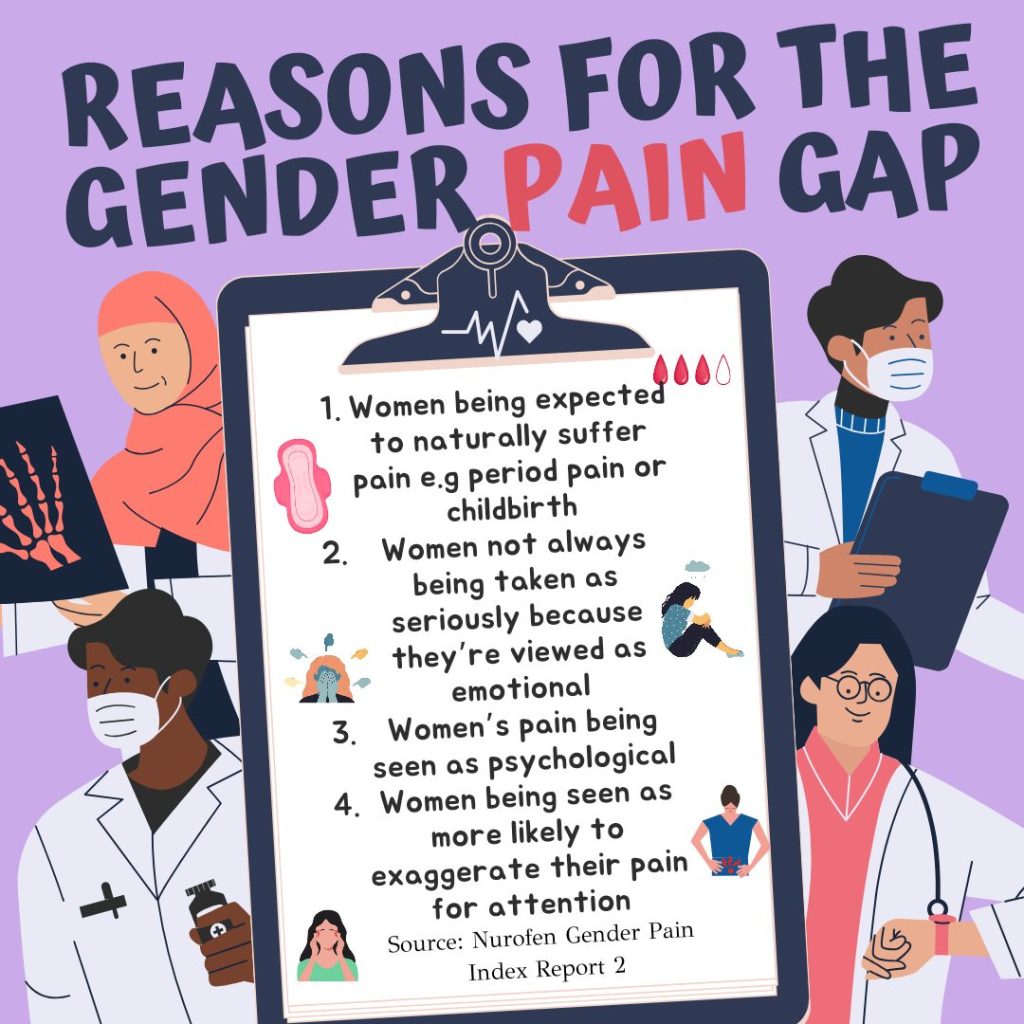
The survey showed nearly half (45%) of women said the reason for this is they feel they may be judged as a complainer or moaner, in comparison to just over a third (35%) of men saying this.
One in ten women surveyed reported their GPs describing them as overly emotional, when ignoring or dismissing their pain in the past.
One in six (17%) reported their GP called them overly dramatic and 16% said their GP did not trust what they were saying.
Less than half of the women (48%) said they find it easy to explain their pain in comparison to nearly two thirds (64%) of men.
As a result of these various issues, almost one quarter of women surveyed (23%) have not tried to seek a diagnosis for their pain, compared with just 13% of men.
Sarah Harris, 26, PhD Researcher at University of Nottingham in the endometriosis diagnosis pathway said: “Constant dismissal from doctors from such a young age made me begin to doubt myself, even when I knew something was genuinely wrong.
“When my health was at its absolute worst and I knew I needed immediate medical attention, I was still reluctant to see doctors because I was so exhausted by constantly having my pain invalidated.
“Almost every time I’ve been able to prove to them my pain is real, but it’s never been without a battle.”
Husna Shah, 23, a teacher from London has polycystic ovary syndrome (PCOS) and explained her battle to get diagnosed.
She said: “It took me pushing really hard to get an ultrasound scan referral by my female Asian GP to get diagnosed with it.
“During Covid, I started to notice I was putting on weight easily and had loads of facial hair. I knew something was wrong and asked for a blood test.
“It came up clear but I was sure something was still off, so I booked another GP appointment and the female doctor was really reluctant to refer me for an ultrasound scan and it was only after asking two or three times that she agreed and only because I seemed really keen.
“I had my scan and I had to chase up my GP surgery and only then did they call me back and inform me that I indeed have PCOS like I suspected from the get go.”
When it comes to treatment, many patients believe they were offered self-care because their healthcare professional did not believe the severity of the pain which includes: three in ten of women for period pains (29%) and six in ten women for endometriosis (59%).
Women are also more likely to experience pains such as headaches (13% difference), stomach pains (9% difference), and migraines (6% difference).
One of the key causes for this is the drops in oestrogen due to the menstrual cycle.
Yet despite women experiencing more pain, they are still more likely to be dismissed by health care professionals and are having to wait longer for a diagnosis.
Moreover, women (15%) are having to wait a year or longer to receive a diagnosis for their pain than men (11%).
Approximately one third of the people surveyed (35%) felt men’s pain is taken more seriously because of different pain thresholds.
Nearly two thirds (62%) of British adults surveyed agree that everyone’s pain should be taken seriously despite their gender.
Historically women have been misogynistically aligned with “hysteria” – the etymology of the term derives from the Greek word hystera which literally translates to uterus.
“The Girl who cried Pain” was an essay written in 2001, and yet 23 years later it seems women are still experiencing gender pain discrimination.
Here are some possible solutions researchers have listed to help close the gender pain gap:
